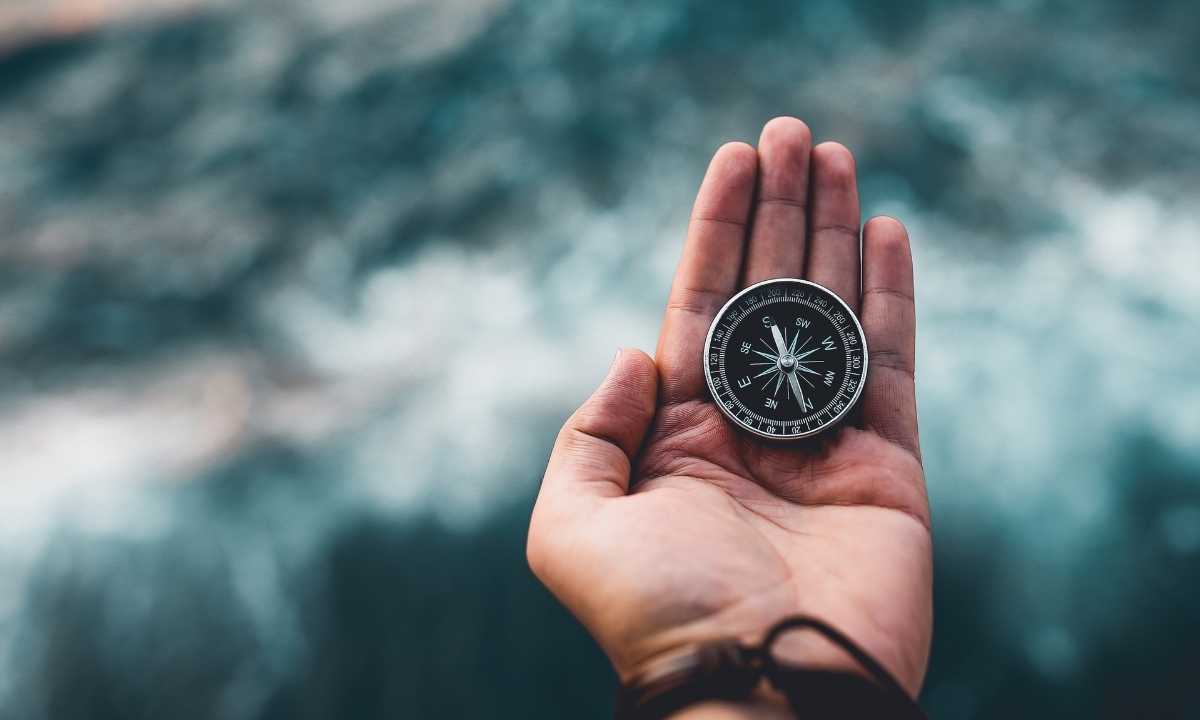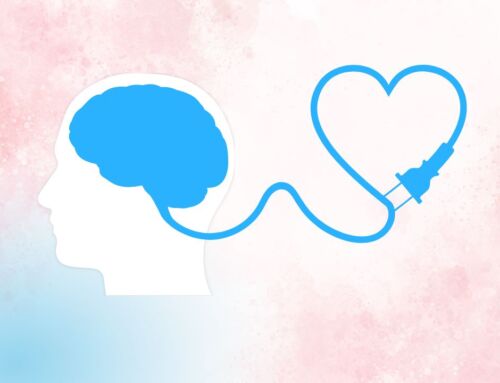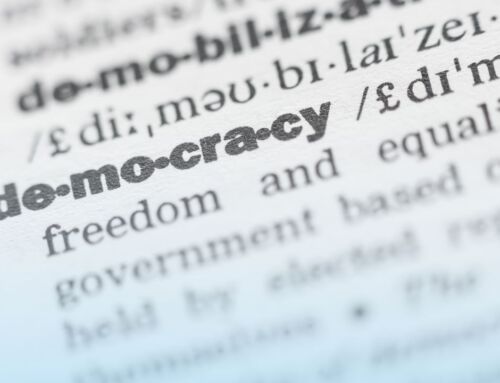I’ve been feeling like a whirling dervish lately (a sign it’s time to check your life compass). My new book “SNAP! From Chaos to Calm” is now in the design phase, and I am getting ready to make an audio recording of my book “Life Falls Apart, but You Don’t Have To: Mindful Methods for Staying Calm in the Midst of Chaos” for an Audible edition coming out in early 2023. And I just made a lightning trip to Australia!
In “Life Falls Apart, but You Don’t Have To,” I share how mindfulness has helped me stay aligned with the compass of my core values. One of those is equanimity, defined as “mental calmness, composure, and evenness of temper, especially in a difficult situation.” Here’s an excerpt:
Have you ever thought about your core values? I don’t mean goals, like finishing a degree program. I mean values, the things that give your life meaning. If the goal would be to graduate college, the core value would be learning. Goals are a destination; core values are a direction. We need to know what our core values are to give ourselves a course correction when we veer off track. Sometimes, the anxiety and frustration we feel stems from situations where we are not living in accordance with our core values.
Everyone will have differences in their lists of core values, but many core values are universal: honesty, loyalty, gratitude, generosity, patience, and humility. These make us good people, people that other people would want to connect with. Connection is the name of the game for us humans! We need to connect with people who are authentic and have core values we respect. That’s why we feel bad when we disconnect from people we like. It’s a primate thing!
Alan Morinis, in his book “Everyday Holiness,” does a magnificent job on this topic. He brings the study of Mussar to a new century. Rabbi Moshe Chaim Luzzatto wrote a seminal work called “The Path of the Just” in 1740. It contains centuries of lessons to help us live our lives more justly. Morinis explains that although the world has changed a lot through the centuries, the nature of humans has not changed. We need a guidebook here in the 21st century as badly as they needed one in the 18th century.
In “Everyday Holiness,” there are eighteen core values — called middot in Hebrew — that students work on for one week each in a systematic fashion. When they are done with all eighteen middot, they start over from the beginning. The Institute for Jewish Spirituality suggests reading the chapter on a core value, coming up with a slogan for it, writing it down on a couple of 3×5 cards and placing them where you would see the slogan. The cards will remind you to consider the value on and off during the day.
My slogan for the core value of patience was “Open a space between the match and the fuse.” That phrase came directly from Morinis’s book and is attributed to Rabbi Perr, who I’m pretty sure was channeling Victor Frankl before him. Frankl said, “Between stimulus and response there is a space. In that space is our power to choose our response. In our response lies our growth and our freedom.”
Every night before bed, I tried to journal about the particular core value that showed up during the day. Then I focused on how I handled the situation, hopefully with more balance. Then once a week, I had a phone call with a study partner to discuss how our practices were going. Knowing I had a dedicated time each week to talk to my study partner made the practice more serious for each of us. We would each speak for five minutes about how, using our slogans and journaling our experiences, we found life during the week. Then we had time to respond to each other and catch up in a broader context about our week. Sharing this way, in such an intimate exchange of hearts and minds, created a special friendship.
Morinis is actually describing mindfulness when he teaches that you must know impatience is coming up in your body to choose how to react. He teaches what we teach in Mindfulness class — to label the emotion, “Oh, I’m feeling impatient,” or “There’s impatience.” He explains that patience means enduring and tolerating, actually bearing whatever it is, which can bring us a measure of suffering. But that labeling helps to keep a little space open so we can choose a more skillful reaction. If you are labeling the emotion, you are not engulfed by the emotion.
…
Morinis states that meditation is a technique that can increase the strength of awareness, but it will only be there when you need it if you practice mindful awareness when you don’t need it. There’s the rub. That’s where discipline comes in. I teach my students that this stuff works, but only if you practice. It is dose dependent. You need to have it so wired in that it is automatic like it is now for me, almost 80 percent of the time. Equanimity is one of my core values, and patience plays a huge role in maintaining equanimity. My practice of meditation helps me automatically make the crucial pause necessary for me to have my prefrontal cortex come online so I can make a more skillful response.
Mindful Methods to Check your Compass:
Put your hand to your heart, so you can tap into the mammalian caregiver response for soothing. This practice works in so many circumstances it bears repeating. Evidence shows that putting your hand over your heart, or putting your hand on your body where you feel it, is soothing. It taps into the mammalian caregiver response and releases oxytocin and opiates in your brain to counteract the stress hormone called cortisol, which is released when threatened and are in what’s known as the fight/flight/freeze, or fawn (deer-in-the headlights) mode.
Say Loving Kindness phrases for yourself. Remember to say the phrases you’ve already established as being effective for you. If those phrases don’t work, play around until you find phrases that feel good.
Ask yourself what you need to hear right now. This is a go-to method for me. I like the creativity and personalization it allows me in any situation. Try making up phrases next time you feel bad and see how it feels.
“Dropping down” to see what’s there, not judging it, noticing with curiosity: this is the heart of what mindfulness practice is all about. It takes practice, but by listening to guided mindfulness meditations and practicing the exercises I explain in this book, you can slow down and tune into your body. You will soon, almost instinctively, notice what is happening inside you.
When you feel joy, you will recognize that wonderfully expansive feeling. When you feel anxiety or fear, you might sense a tightness or constriction somewhere in your body. When you feel sorrow, you might notice a feeling of heaviness or fatigue.
Once you notice these feelings, you can work with them. Your goal is not to make the bad feelings go away, but to work with the bad feelings to help yourself feel better. It’s my experience this nuance isn’t important in practice. Usually, when I work with the bad feelings to help myself feel better, the bad feelings do go away. And that is wonderful! And if they don’t go away completely, at least I experience my relationship to the bad feelings differently — as if there’s more room to breathe around the bad feelings.
October is Emotional Wellness Month. In the Jewish religion, this season also happens to be when the High Holy Days of Rosh Hashanah and Yom Kippur fall this year (Rosh Hashanah is Sept. 25-27; Yom Kippur is Oct. 4-5). The High Holidays are a time of introspection designed to allow deep reflection, renewal, and a returning to our best selves — seeking forgiveness for ourselves and others.
An hour ago, I was in a mile-long line with a crush of humans after a 12-hour, 55-minute flight, waiting to go through security to be allowed into the terminal in the airport in Auckland amid people needing to transfer to other flights. I noticed an aboriginal display in the hallway that had speakers playing a soothing and repetitive chant in an unknown language. I had been silently saying Loving Kindness phrases to the masses when I switched my focus, allowing the chanting to enter my heart. By the time I made it through security, I was so happy and calm. I stepped through the X-ray machine and my masked face smiled at the masked face of the security guy. I said, “I made it!” He asked where I was headed. I said, “Sydney, but I’d love to stay here!” He said, “We sure would love to have you!”
Practicing mindfulness helps us develop equanimity, a key component of emotional wellness. Like the ballast that keeps a boat from getting toppled by big waves, when you have equanimity, you can balance atop the waves of life instead of getting knocked down by them. From that vantage point you can better plot your path forward.





















Question: do you host training ga and/or seminars in the SD area? Thanks!
PS loved your book